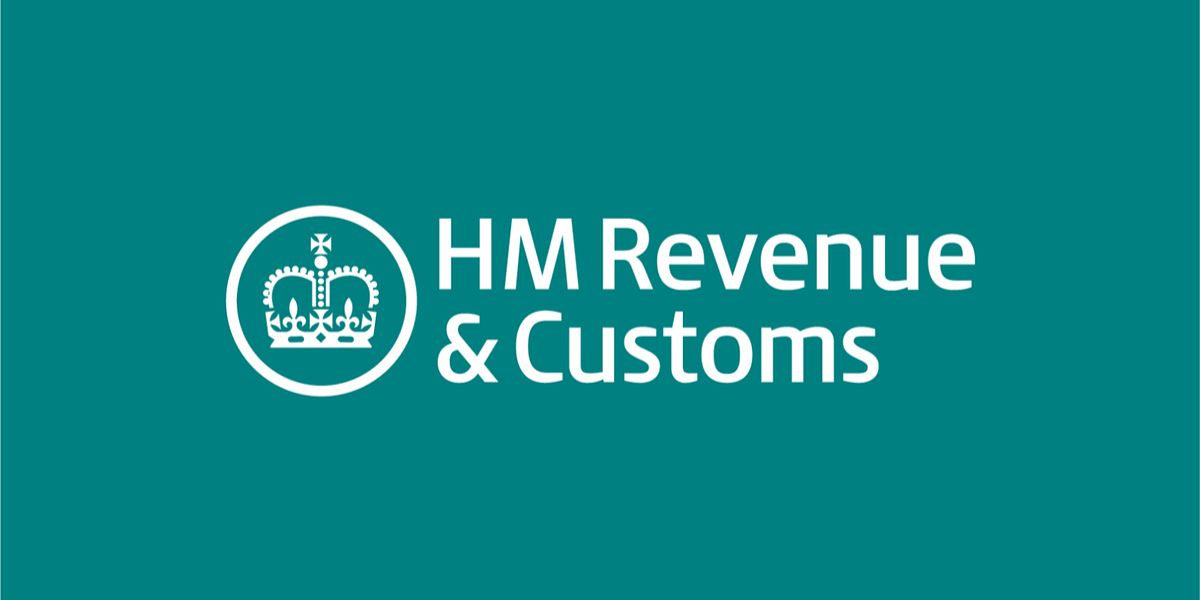On 13 December 2018 HMRC issued for consultation draft guidance on the corporation tax treatment of insurance companies writing life insurance and other long term insurance business. The Life Assurance Manual is primarily written for HMRC staff involved with the insurance industry but is also intended for use by insurance companies and their advisers.
After setting out an overview of the long-term insurance business the Manual looks at the calculation of income and capital gains. The UK legislation for taxing life insurance companies aims to collect tax from the life company in relation to the investment return accruing for the benefit of policyholders on the BLAGAB (basic life assurance and general annuity business) policies.
The rules aim to collect tax that is equivalent to the policyholder paying tax at the basic rate of income tax. Where the policyholder receives benefits under an insurance policy, any taxable profits arising are taxed after giving credit for the basic rate of income tax. There is no further tax liability for a basic rate taxpayer. However the company must also pay tax at the corporation tax rate on the company profits. As the taxation of insurance companies aims to fulfill these two tax objectives in one tax computation the resulting rules can be complex. The Manual sets out rules for the split of taxable profits between those taxed at the policyholder rates and those taxed as the normal CT rates.
Non-BLAGAB trade profits are taxed as a single trade and there are rules for apportionment. The Manual explains the apportionment rules for allocating relevant items to the BLAGAB and non-BLAGAB trades.
The guidance also covers the treatment of losses.
The HMRC guidance does not yet include the changes made by Finance Act 2017 but these changes and the material on friendly societies and mutuals will be included in the guidance at a later date.
HMRC is inviting comments on the draft guidance by 22 February 2019.


















